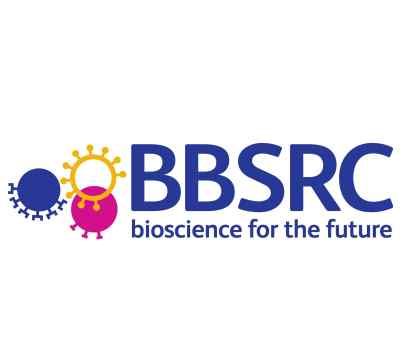BibTex format
@article{Misirli:2017:10.1049/enb.2017.0001,
author = {Misirli, G and Madsen, C and Sainz, de Murieta I and Bultelle, M and Flanagan, K and Pocock, M and Halllinan, J and McLaughlin, J and Clark-Casey, J and Lyne, M and Micklem, G and Stan, G and Kitney, R and Wipat, A},
doi = {10.1049/enb.2017.0001},
journal = {Engineering Biology},
pages = {61--65},
title = {Constructing synthetic biology workflows in the cloud},
url = {http://dx.doi.org/10.1049/enb.2017.0001},
volume = {1},
year = {2017}
}
RIS format (EndNote, RefMan)
TY - JOUR
AB - The synthetic biology design process has traditionally been heavily dependent upon manual searching, acquisition and integration of existing biological data. A large amount of such data is already available from Internet-based resources, but data exchange between these resources is often undertaken manually. Automating the communication between different resources can be done by the generation of computational workflows to achieve complex tasks that cannot be carried out easily or efficiently by a single resource. Computational workflows involve the passage of data from one resource, or process, to another in a distributed computing environment. In a typical bioinformatics workflow, the predefined order in which processes are invoked in a synchronous fashion and are described in a workflow definition document. However, in synthetic biology the diversity of resources and manufacturing tasks required favour a more flexible model for process execution. Here, the authors present the Protocol for Linking External Nodes (POLEN), a Cloud-based system that facilitates synthetic biology design workflows that operate asynchronously. Messages are used to notify POLEN resources of events in real time, and to log historical events such as the availability of new data, enabling networks of cooperation. POLEN can be used to coordinate the integration of different synthetic biology resources, to ensure consistency of information across distributed repositories through added support for data standards, and ultimately to facilitate the synthetic biology life cycle for designing and implementing biological systems.
AU - Misirli,G
AU - Madsen,C
AU - Sainz,de Murieta I
AU - Bultelle,M
AU - Flanagan,K
AU - Pocock,M
AU - Halllinan,J
AU - McLaughlin,J
AU - Clark-Casey,J
AU - Lyne,M
AU - Micklem,G
AU - Stan,G
AU - Kitney,R
AU - Wipat,A
DO - 10.1049/enb.2017.0001
EP - 65
PY - 2017///
SN - 2398-6182
SP - 61
TI - Constructing synthetic biology workflows in the cloud
T2 - Engineering Biology
UR - http://dx.doi.org/10.1049/enb.2017.0001
VL - 1
ER -
--tojpeg_1522044096750_x4.jpg)
--tojpeg_1526077187403_x1.jpg)



--tojpeg_1521994555607_x4.jpg)




